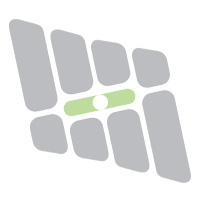Initially I hadn’t planned on writing about this particular housing project, but Friday I spent a couple hours at the Instituto Histórico & found an article about it written by their staff in 1987. Since there is relatively little info anywhere else about this, I thought I’d post it for anyone who might be interested.
This tiny neighborhood occupies the space of a single city block with 116 units. No one living there in 1987 remembered the origin of the name “La Colonia,” but the residents’ best guess is that since almost everyone was of Italian or Spanish decent, it was like an overseas immigrant “colony.” Perhaps it’s because a neighborhoods like this were known as a “workers colony” or “colonia obrera” back in the day… usually built to house workers of a nearby factory.
Land was purchased by the city government in 1909 with financial support from the Jockey Club, & in 1914 the first tenants moved in. Similar to the Microbarrio San Vicente de Paul (only 6 blocks away), the units were originally rented & administered by the Vincentinas. Occupants were given the option of buying their mini-house in 1954 with a possible 30-year mortgage. Here’s the interesting part… someone still had their original title with the purchase price listed: $25,260 moneda nacional to be paid in installments of 121 m$n over 360 months (final value: 43,560 m$n).
But what does that mean in US dollars? According to Wikipedia, the sale price would have been only U$S 1,000 with monthly installments of about U$S 5. Sounds like a bargain today. It would be incredibly interesting to find out the average worker’s salary in 1954 in Argentina, compare it to 1950’s US salaries, then compare real estate markets of both countries during the same period. That’s the only way I know of understanding the true value of the sale price… Someone else will have to take up that job 🙂
Houses are small… about the size of what most people these days would consider appropriate for a living room. The majority are in good condition today & the fountain in the center is wonderful. A few people bought adjacent lots & enlarged their living space (both up & out). Directly to the east is the beautiful Plaza José C. Paz with dozens of tall Araucaria trees & makes for a great playground. It’s really a haven of peace just out of reach of two busy avenues.
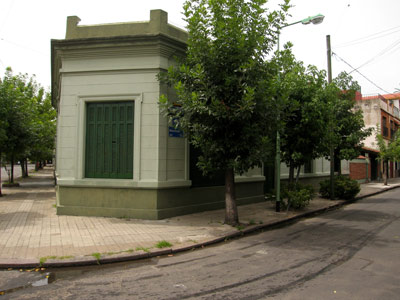
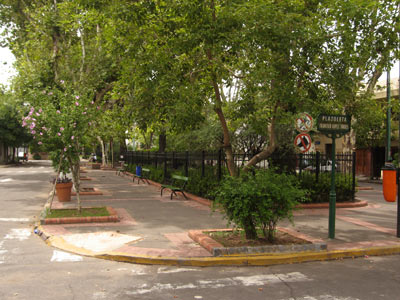
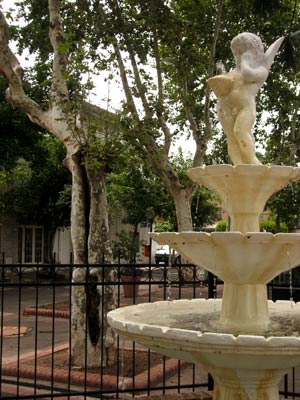
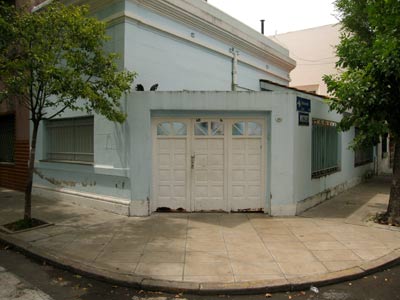
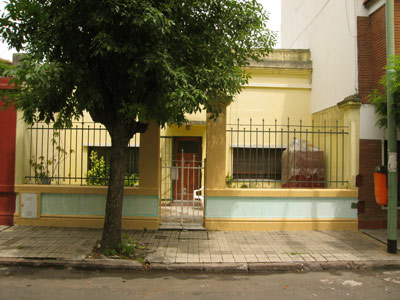
Since there isn’t much of a local market nearby, I saw something interesting when I went to take the above pics… a city-sponsored, mobile market. It must come weekly, sell fresh produce & go to another part of town the next day. I had no idea those existed, much less run by the city government. Very cool.
Source: Historias de Buenos Aires, Año 1, Nº 3, Junio 1987. “Un barrio obrero en Parque Patricios”
Direct link → Master list of all Housing for the Masses posts.
